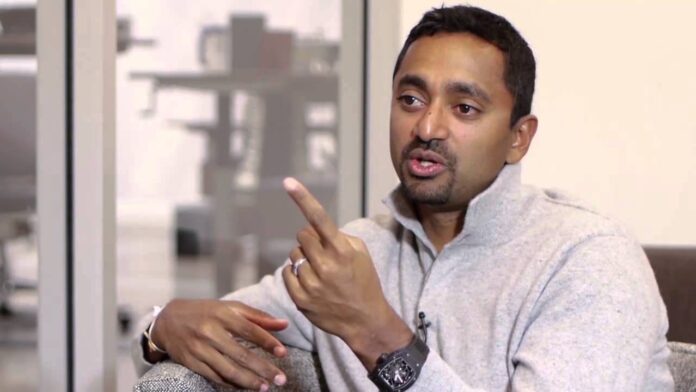A startup called Rama plans to bid in next year’s auction of broadcast frequency bands, and hopes to use the spectrum to launch a microcell network. Rama founder Chamath Palihapitiya told Re/code he thinks it will cost $4 billion to $10 billion to win enough spectrum to launch a wireless network, and once he secures the spectrum he will begin building a network.
Palihapitiya, a veteran of Facebook and the founder of Silicon Valley’s Social Capital fund, has not yet raised the billions he will need in order to buy spectrum. His Rama startup has raised enough to buy spectrum in Palihapitiya’s native Sri Lanka; the company owns 10 megahertz of spectrum there.
If Palihapitiya’s startup raises enough money to bid next year, it may or may not end up competing for spectrum with AT&T, Verizon Wireless and T-Mobile US. The Federal Communications Commission is expected to set aside some of the available spectrum for smaller companies, as it did in the last auction.
The FCC’s auction of spectrum in the 600 MHz band, set for March of next year, will be more complex than previous U.S. spectrum auctions. It is a reverse auction, meaning that the FCC will offer to buy spectrum from broadcasters, and then wireless carriers can bid to buy that spectrum from the government. Last month, the FCC announced its first offer: $900 million for the spectrum owned by WCBS-TV in New York.
If Rama enters the spectrum auction, it will probably not be the only non-traditional bidder. Google is rumored to be contemplating a cellular network, as are Comcast and Dish Network. None of these companies have infrastructure in place to support a network, so a move by any of them to launch wireless service would trigger construction and hiring activity among infrastructure services providers.
Palihapitiya told Re/code he wants to use microcells to provide better coverage than traditional carriers offer. The Small Cell Forum defines a microcell as a small cell that is able to cover up to several hundred meters. Palihapitiyato also said he wants to bill customers in a simple way and to create a network that supports all mobile devices. He did not say whether he has hired anyone with direct experience in wireless, but did say that his company has very few employees compared to its large amount of cash.
Follow me on Twitter.

